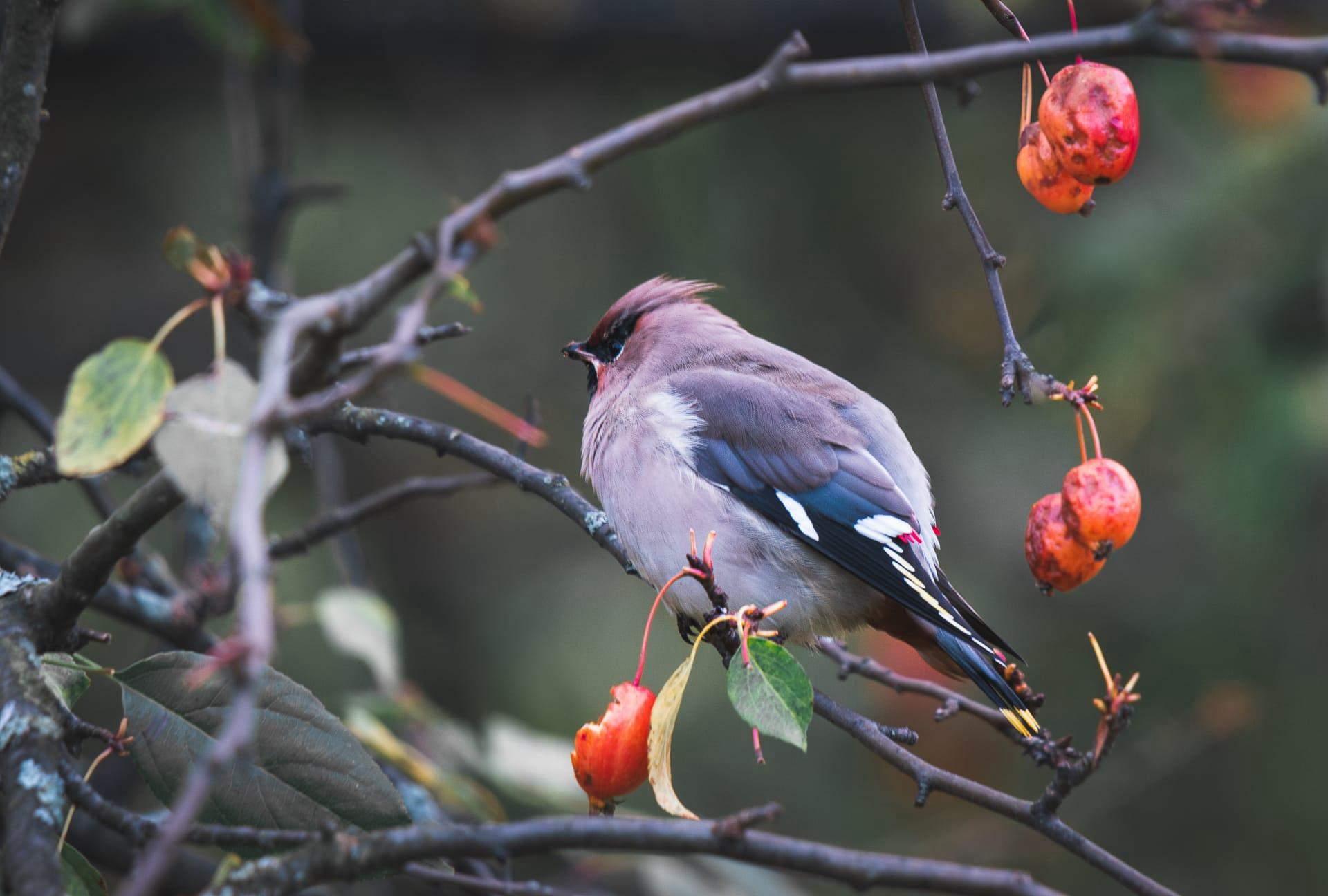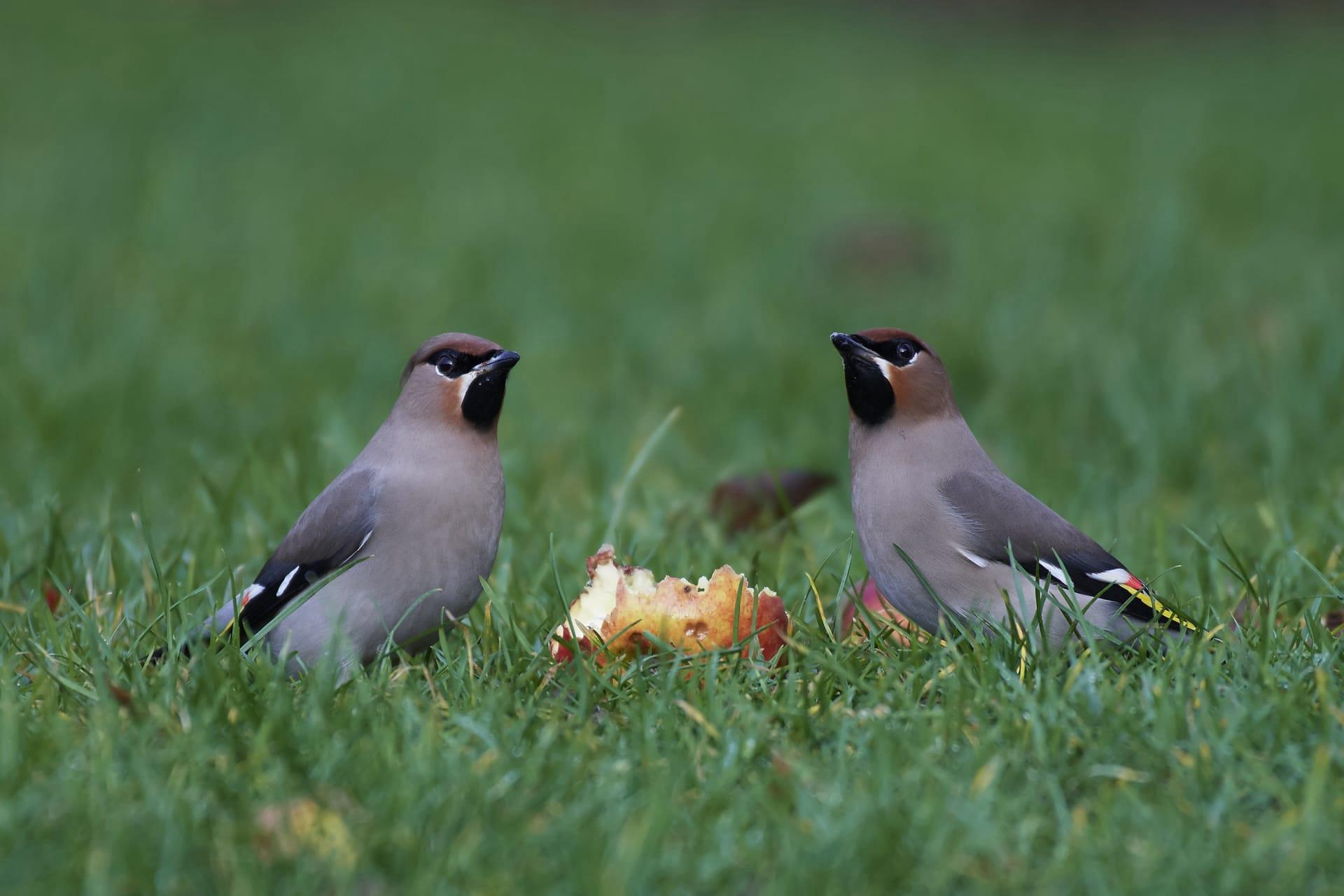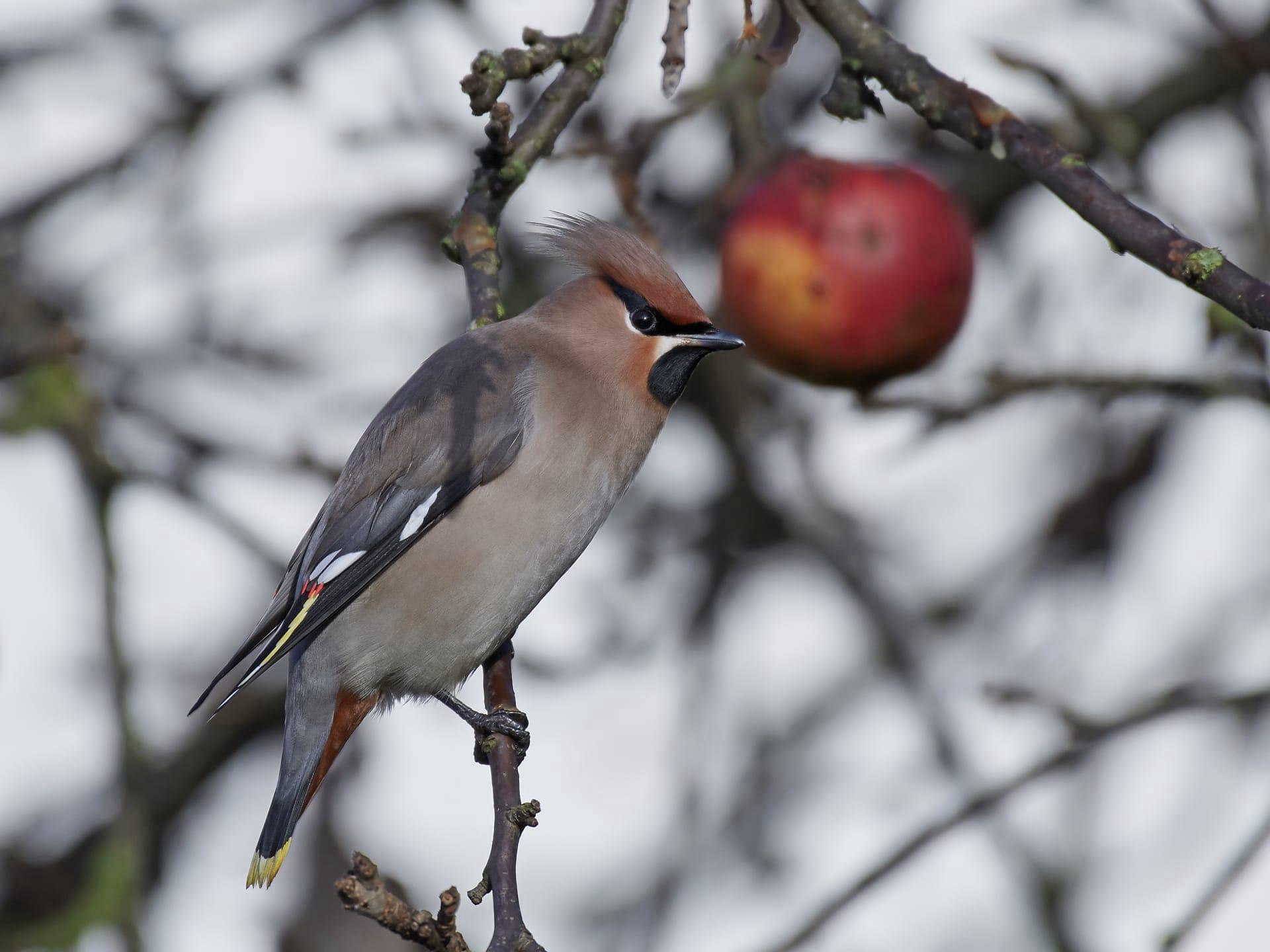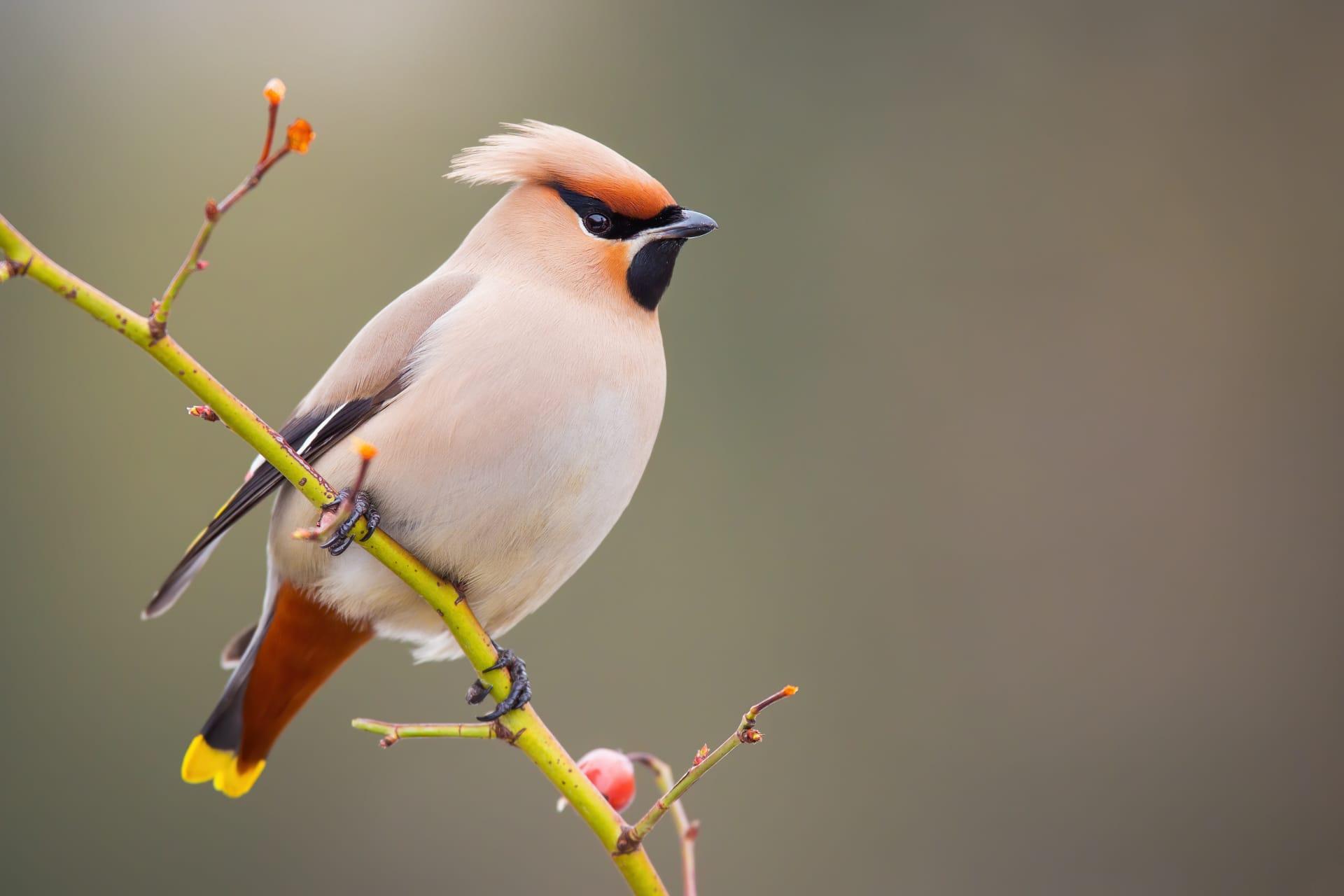1
Waxwings, with their sleek, silky feathers and distinctive crests, are a sight to behold in the avian world. One of their most intriguing features is their diet, which is predominantly fruit-based. In fact, during the winter, waxwings can consume up to two times their body weight in fruit each day. This high-fruit diet is unusual among birds and is vital for their survival in colder months when insects, their summer diet staple, are scarce. Their ability to store fat efficiently helps them thrive in these fruit-abundant periods, making them adept at coping with seasonal food variations.
Another fascinating aspect of waxwings is their unique social behavior, particularly in how they share food. These birds are known for their 'gift-giving' behavior, where one bird will pass a berry or fruit piece to its neighbor in a line until one bird eats it. This ritual is more than just feeding; it's a part of their mating and social bonding process. During courtship, males often impress females by offering them the choicest berries. This behavior not only showcases their foraging skills but also strengthens social bonds within the flock.

2
Waxwings are also notable for their nomadic lifestyle. Unlike many birds that have fixed territories or specific migration patterns, waxwings roam in large flocks, sometimes numbering in the thousands, in search of food. Their movements are unpredictable and are largely driven by the availability of their favorite fruits. This nomadic behavior ensures that they can exploit different areas that have abundant fruit supplies, making them highly adaptive and resilient in varying environmental conditions.
These birds are also known for their striking appearance, particularly the waxy red tips on their wing feathers, which give them their name. The number of these waxy tips increases with age and is a sign of maturity, playing a role in their mating rituals. The brighter and more numerous the tips, the more attractive the bird is to potential mates. This feature is unique to waxwings and is a fascinating example of how physical attributes can play a significant role in avian social and mating behaviors.

3
Another remarkable trait of waxwings is their ability to survive in cold climates. Their dense, insulating plumage allows them to withstand freezing temperatures. This adaptation is crucial, as their nomadic lifestyle often leads them to regions with harsh winter conditions. Their feathers provide not only warmth but also waterproofing, which is essential for their survival in snowy and icy environments. This resilience is a testament to their evolutionary adaptations to a wide range of habitats.
Waxwings also have a unique adaptation related to their fruit-heavy diet. They possess a large liver that efficiently processes the high sugar content of fruits. This adaptation is crucial for detoxifying and metabolizing the alcohol produced during the fermentation of overripe fruits, which they often consume. This ability allows waxwings to take advantage of food sources that many other birds cannot, further showcasing their specialized evolutionary traits for survival.

4
In terms of vocalization, waxwings are relatively quiet compared to other birds. They do not have a distinctive song, which is unusual for a passerine bird. Instead, they communicate using high-pitched calls and subtle body language. These calls are used primarily for maintaining contact within their large flocks, especially during their nomadic travels. This understated form of communication is effective for these social birds, ensuring cohesion and coordination without attracting undue attention from predators.
Additionally, waxwings are known for their communal roosting habits. At night, they gather in large groups in dense trees or shrubs to sleep. This behavior not only provides safety in numbers but also helps them conserve heat during cold nights. The sight of hundreds of waxwings huddled together is a remarkable scene, showcasing their strong social bonds and communal living approach, which is a key aspect of their survival strategy.

5
Waxwings are also remarkable for their impact on plant propagation. Due to their fruit-heavy diet, they play a significant role in seed dispersal. As they consume fruits, they inadvertently transport seeds to new locations through their droppings. This process helps in the spreading of various plant species, aiding in biodiversity and ecosystem health. Their role as seed dispersers highlights the interconnectedness of species and the important part they play in maintaining ecological balance.
Finally, waxwings exhibit a behavior known as 'anting', where they allow ants to crawl on their bodies. Scientists believe this behavior could be a way for the birds to use the formic acid produced by ants as a form of pest control, helping to rid their feathers of parasites. This unusual behavior is a fascinating example of how animals use resources in their environment for self-care and maintenance, further illustrating the ingenuity and adaptability of waxwings in their natural habitat.